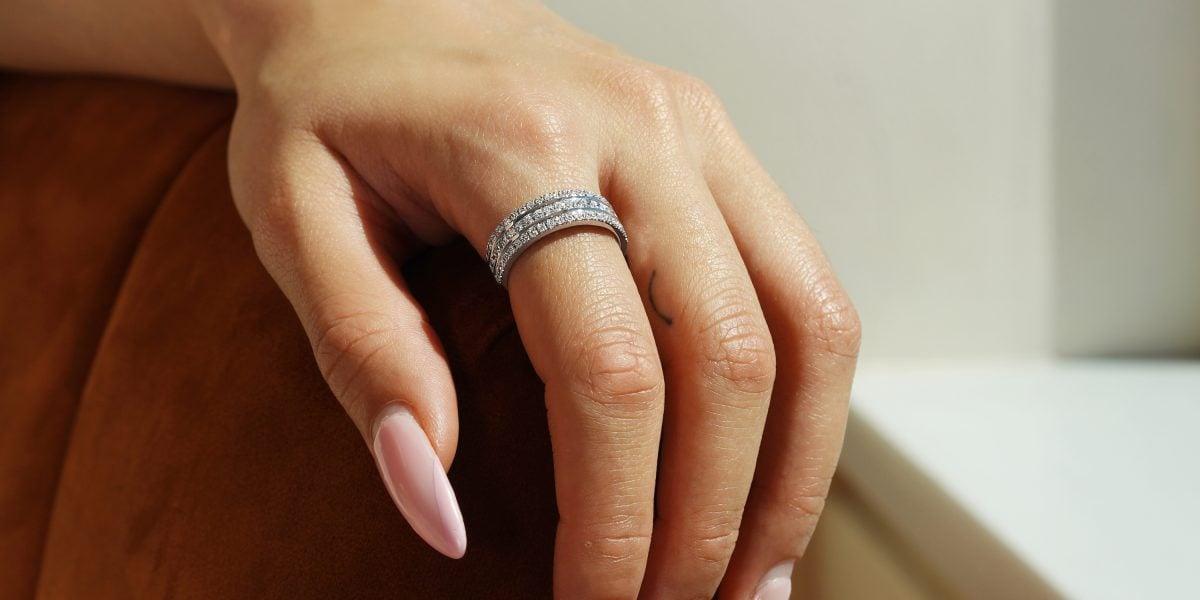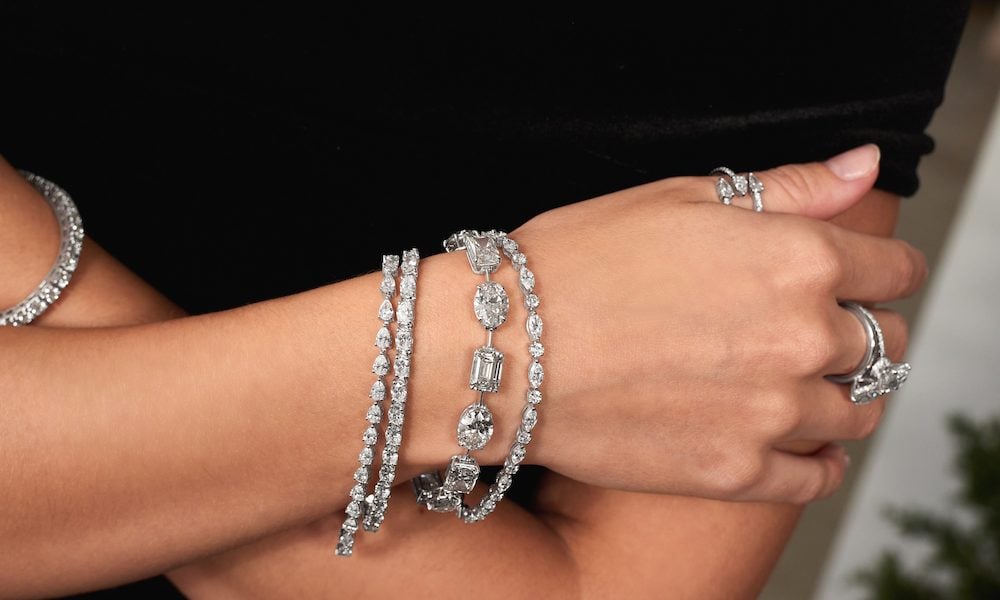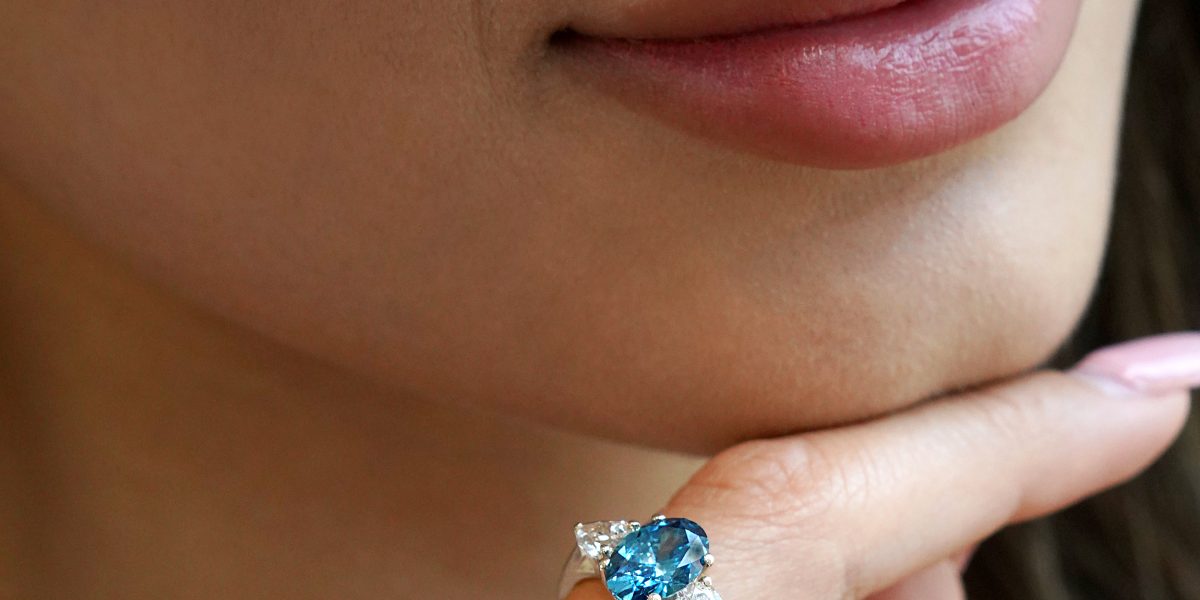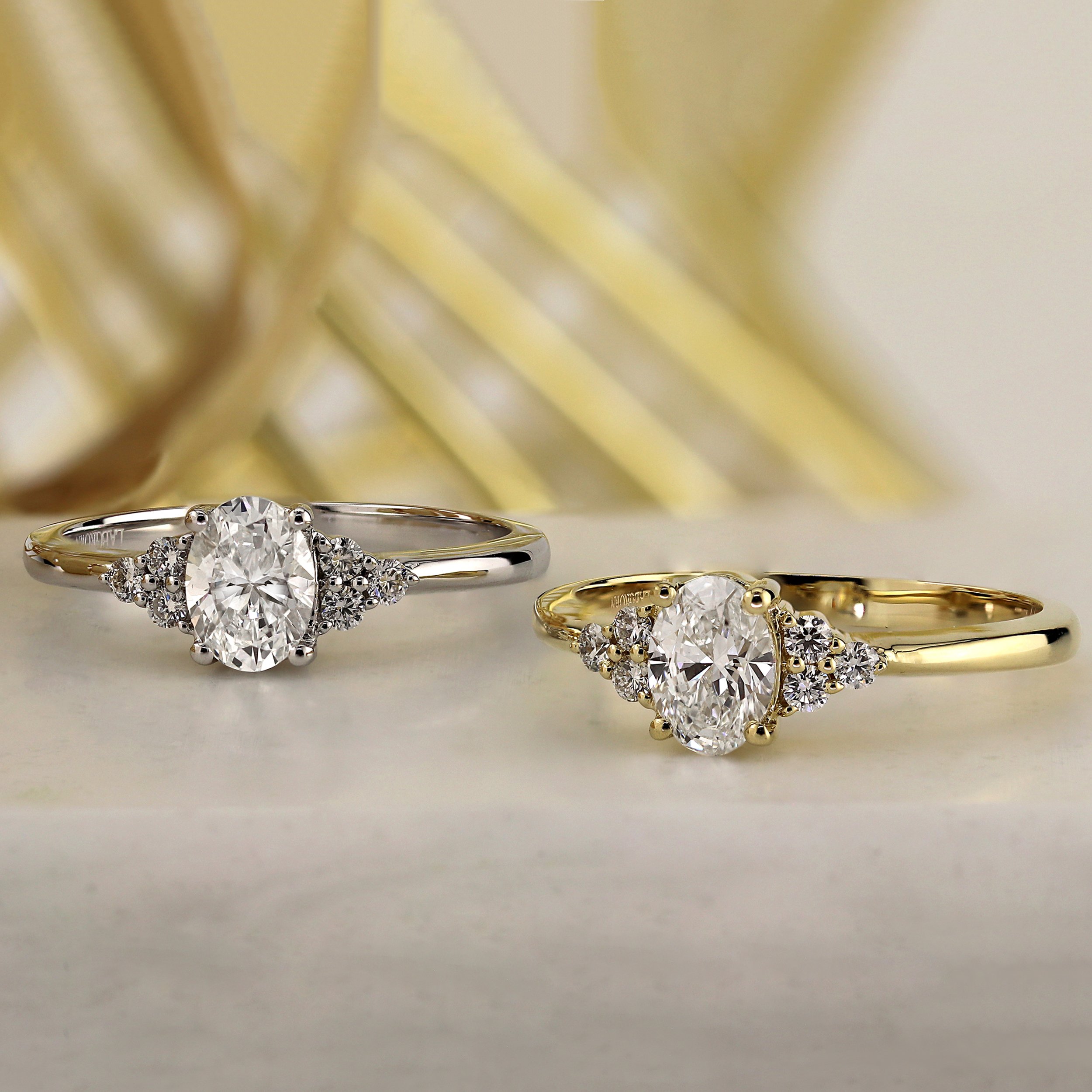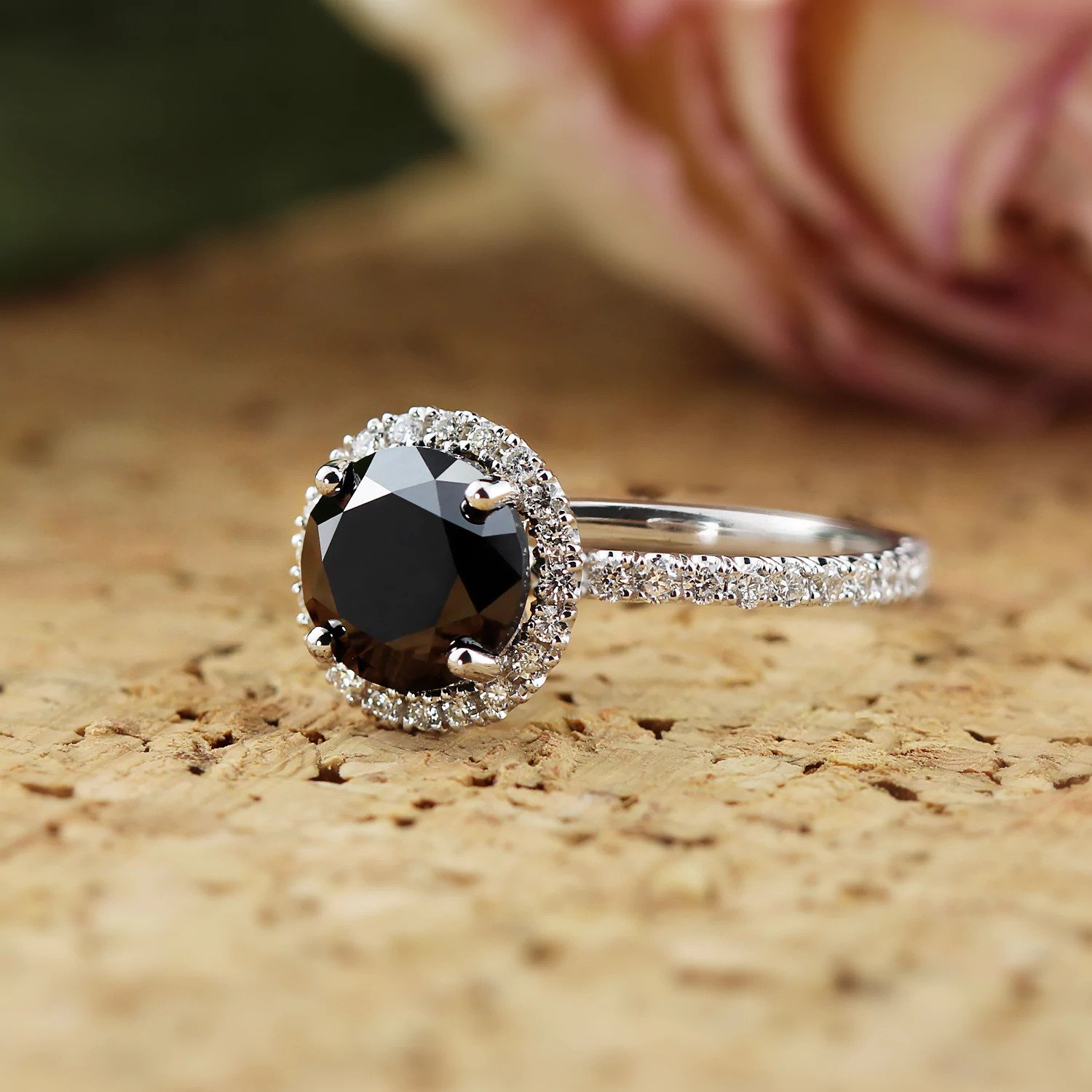How to Stack Rings
In 2024, more is more–at least when it comes to rings. In this year of maximalist fashion, it makes sense that ring stacking is a top jewelry trend. Layering up on stackable rings is a simple way to create an on trend maximalist look. It’s also a great way to add more personality to your...
Alexandrite Birthstone
June’s birthstone alexandrite is a gorgeous gemstone with color changing properties. This mesmerizing gem shifts from green to purplish red depending on the light, so it’s often described as “emerald by day, ruby by night.” Discover more about this spellbinding birthstone as we share everything you need to know about alexandrite. What Is Alexandrite? ...
Fancy Colored Diamonds
When most people picture a diamond, they imagine a sparkling, crystal clear gem. But colorless diamonds, also called white diamonds, aren’t the only diamond color option. Diamonds come in a beautiful array of colors and depths, including pale blue, vibrant pink, and deep black. But what makes colored diamonds different from white diamonds? How do...
Everything You Need to Know About Moissanite
Moissanite gemstones look very similar to diamonds, so much so that they’ve recently become a popular choice for engagement rings. Yet, while they look alike, moissanites and diamonds are two distinct gems with their own unique properties. Both are lovely options for jewelry, but you may find you prefer one over the other once you...
Why Colored Diamond Engagement Rings?
Colored diamond engagement rings offer a unique twist on traditional diamond designs. Colored diamonds have the same impressive durability and deep meaning as white diamonds, yet come in a variety of beautiful shades. Each diamond color is also associated with unique symbolism, which can add beautiful meaning to a colored diamond ring. Learn more about...

